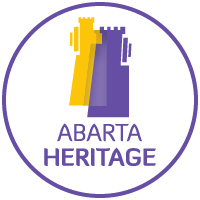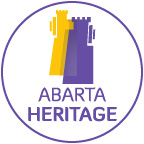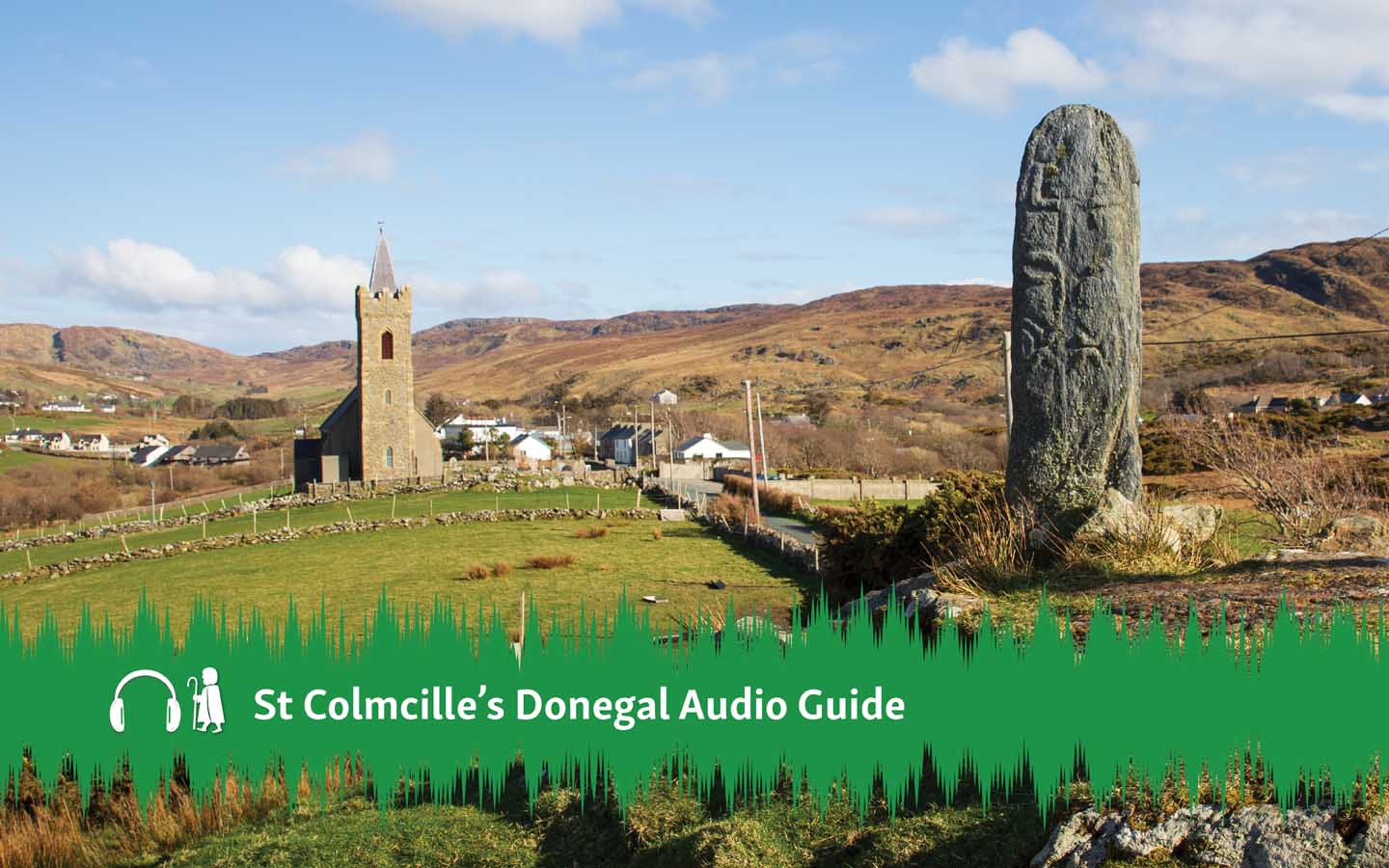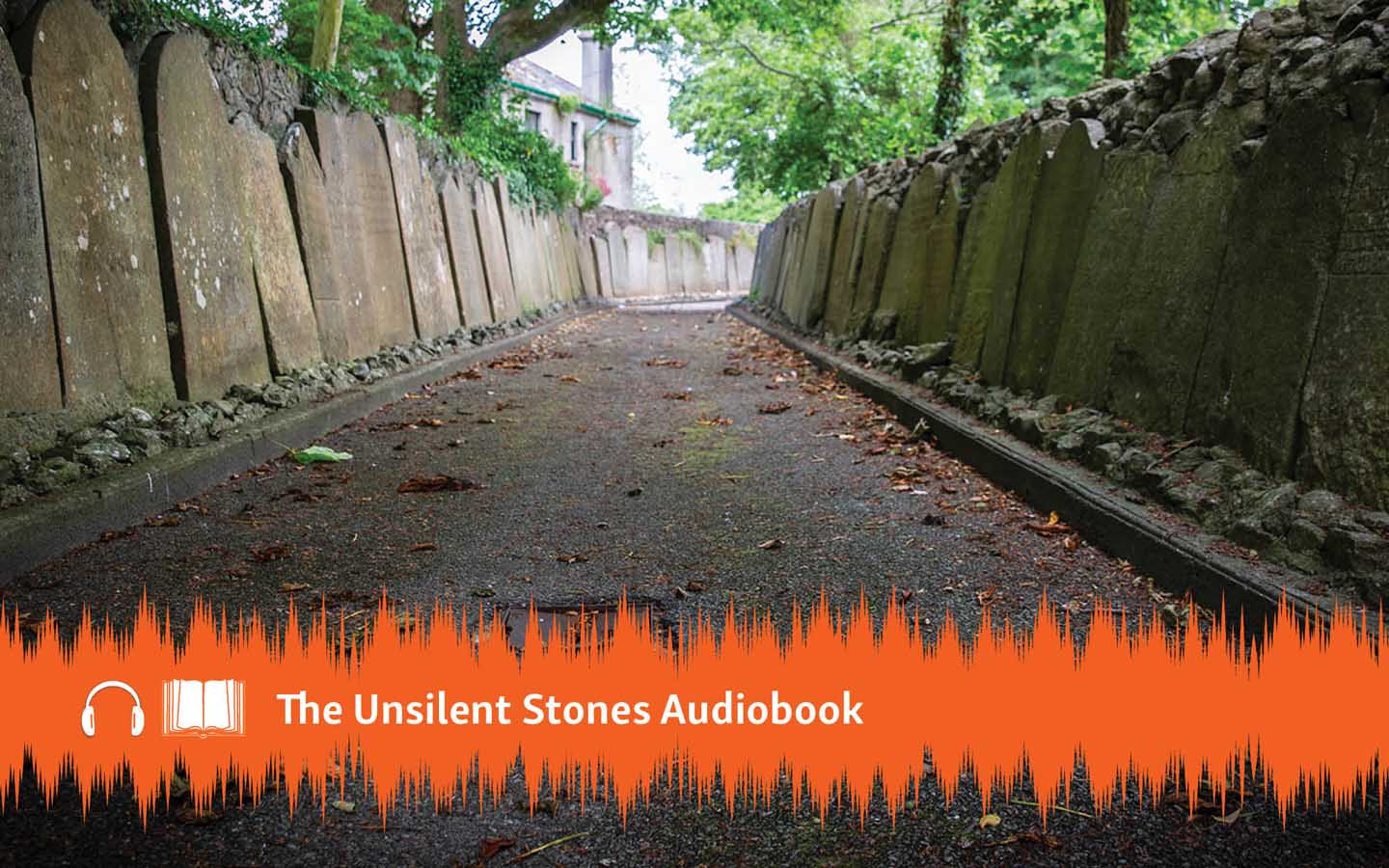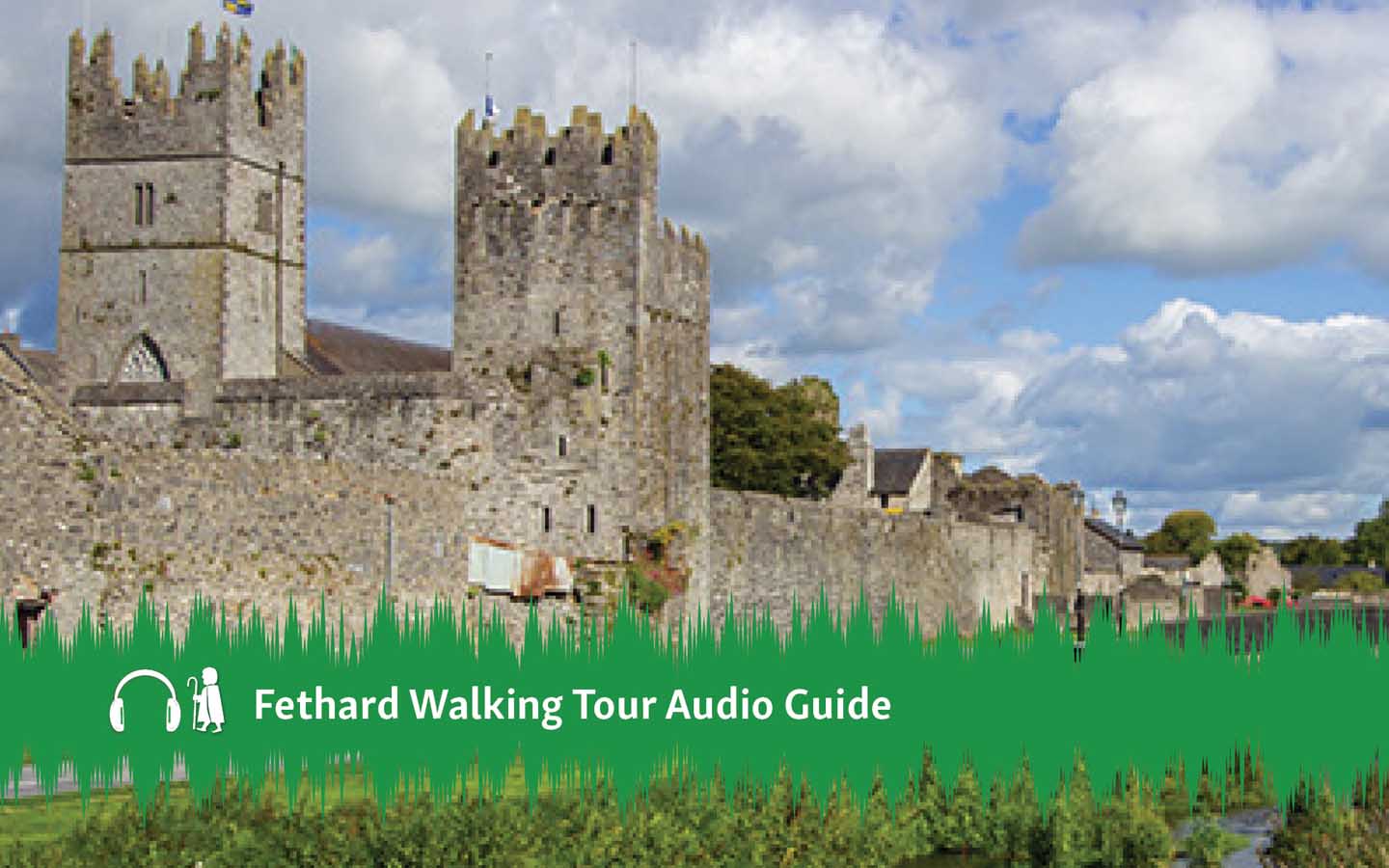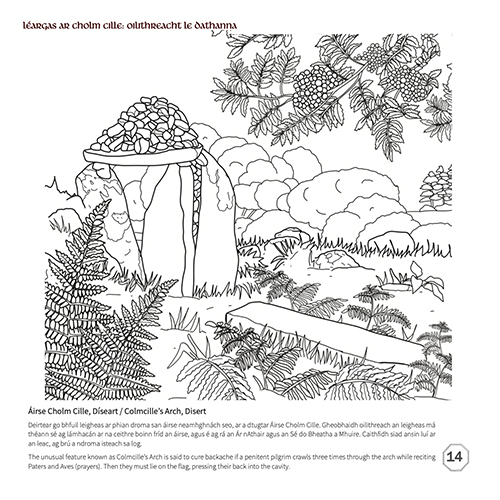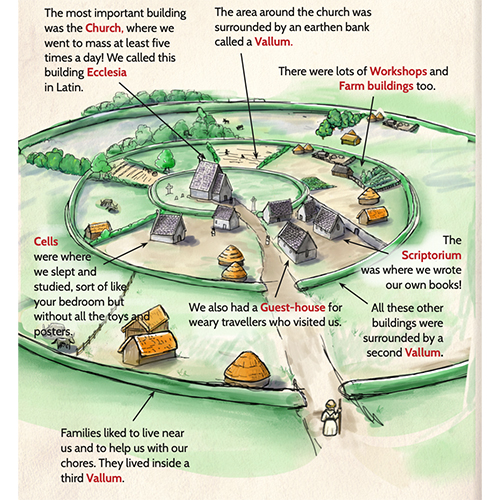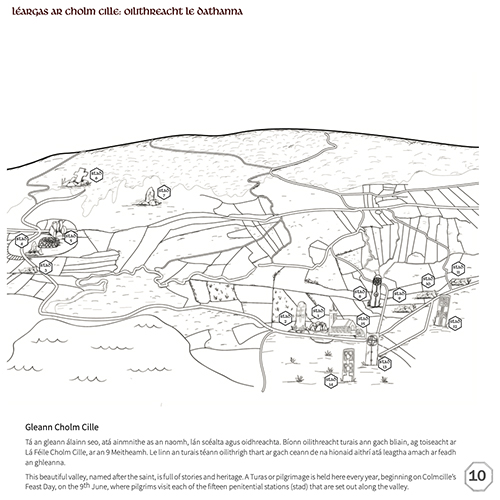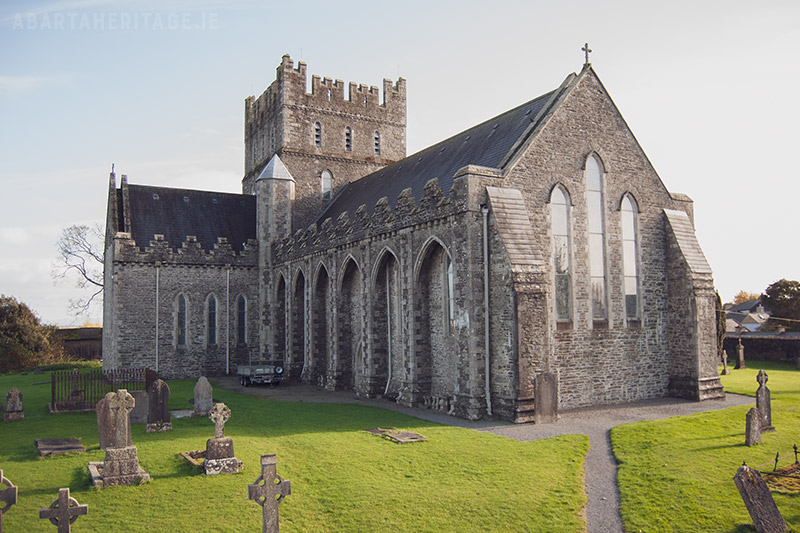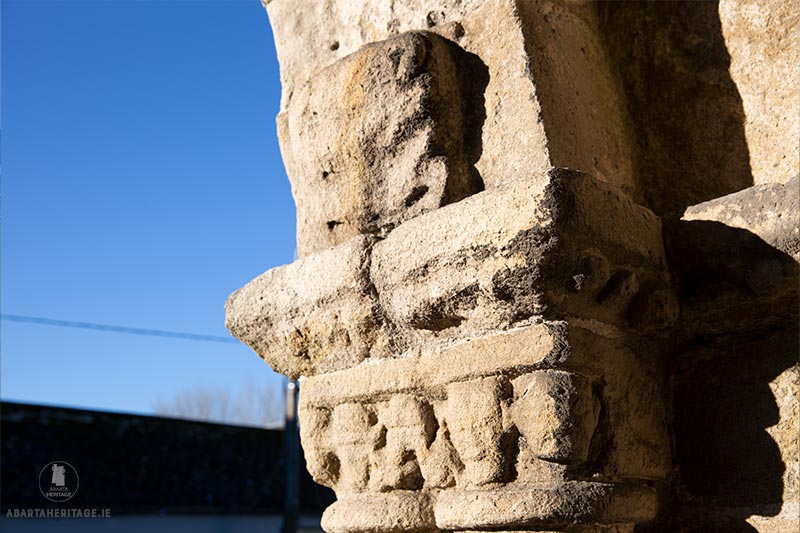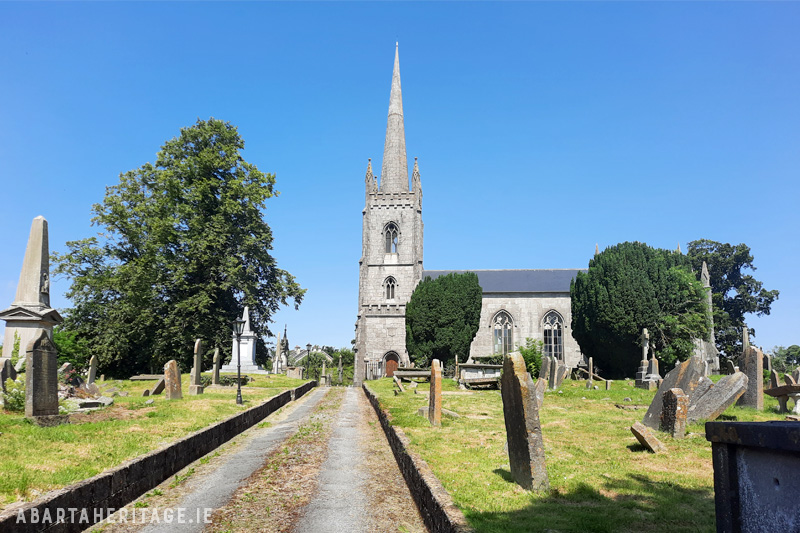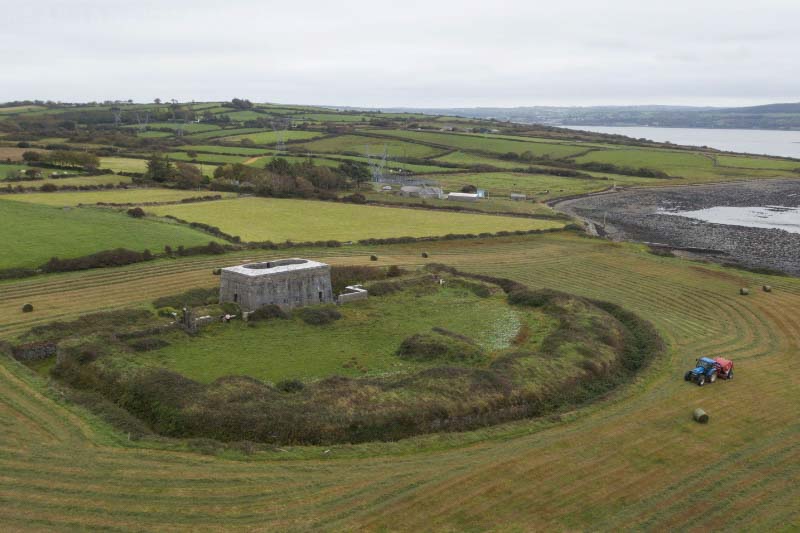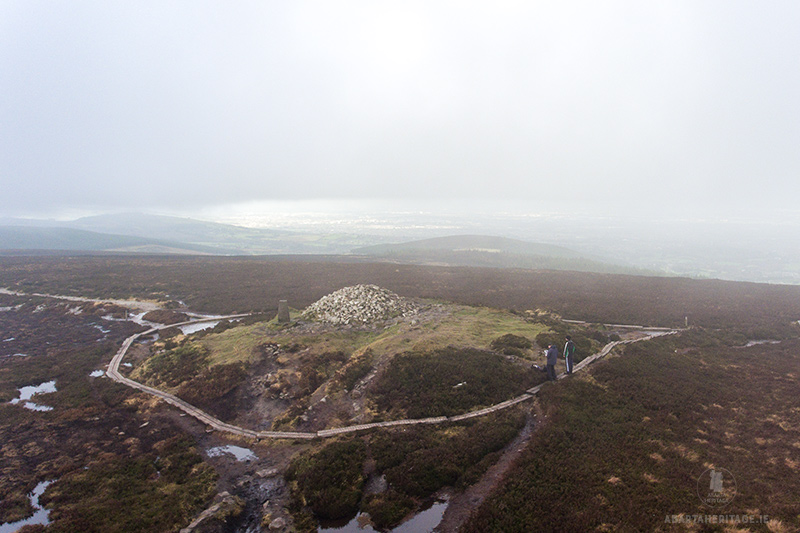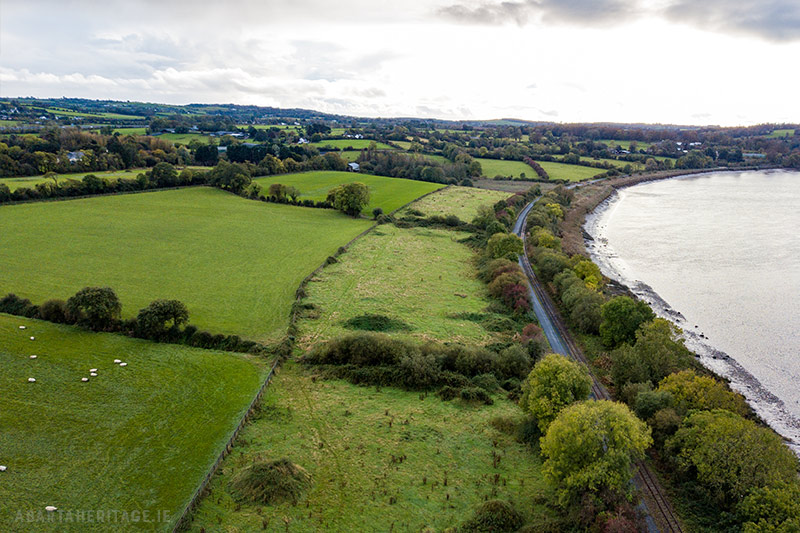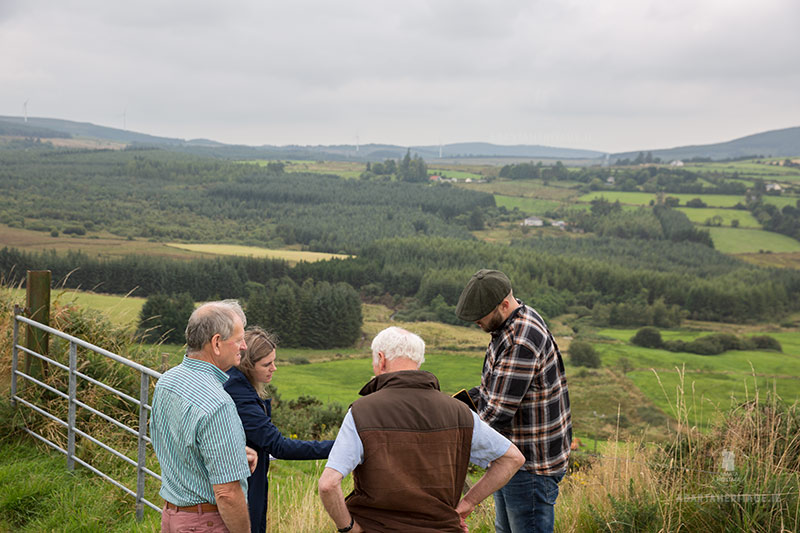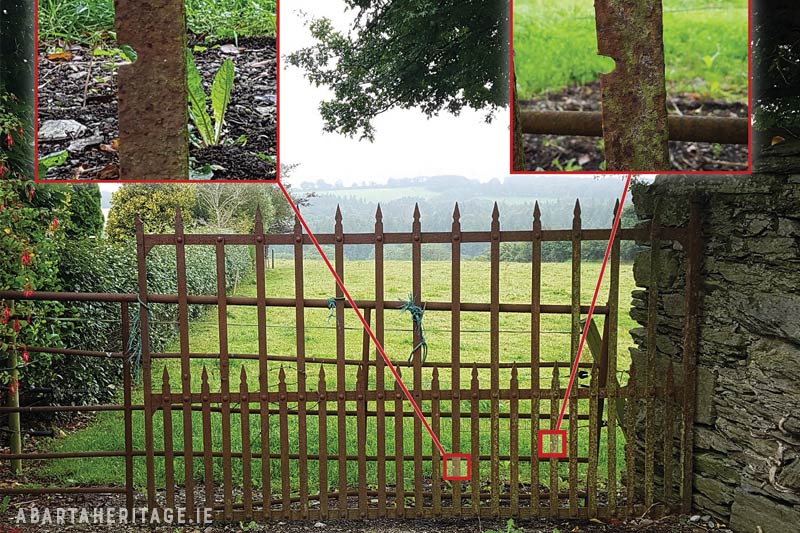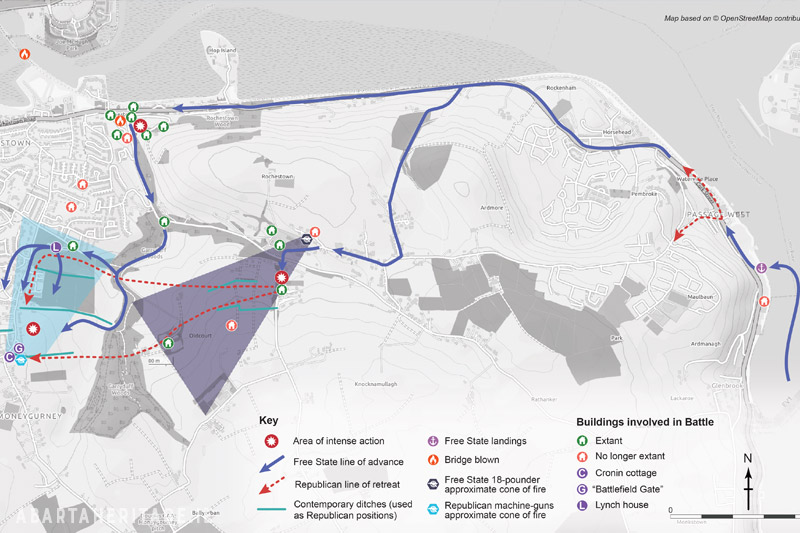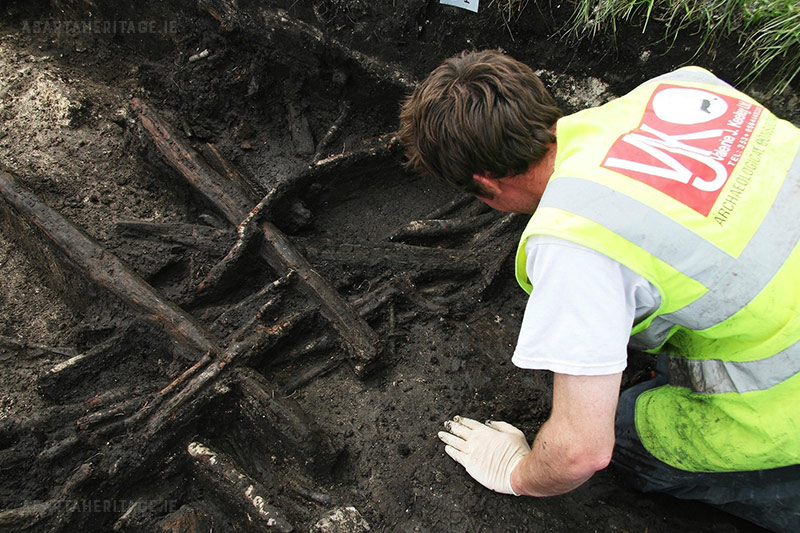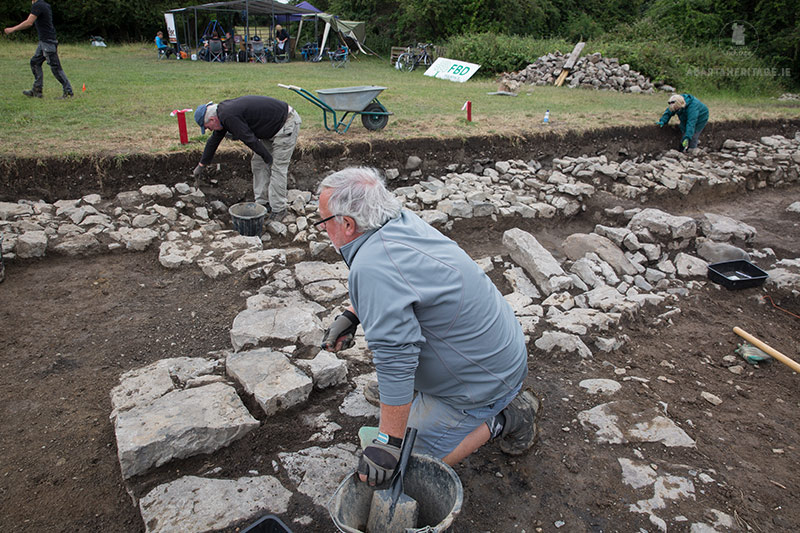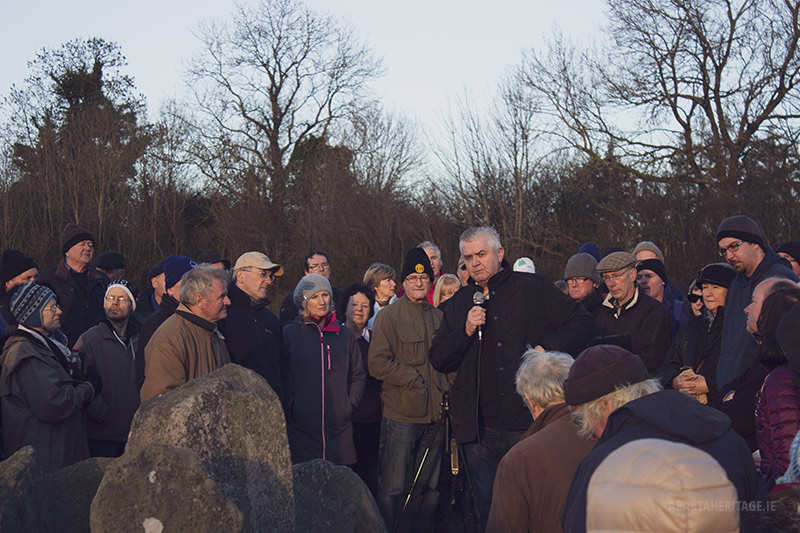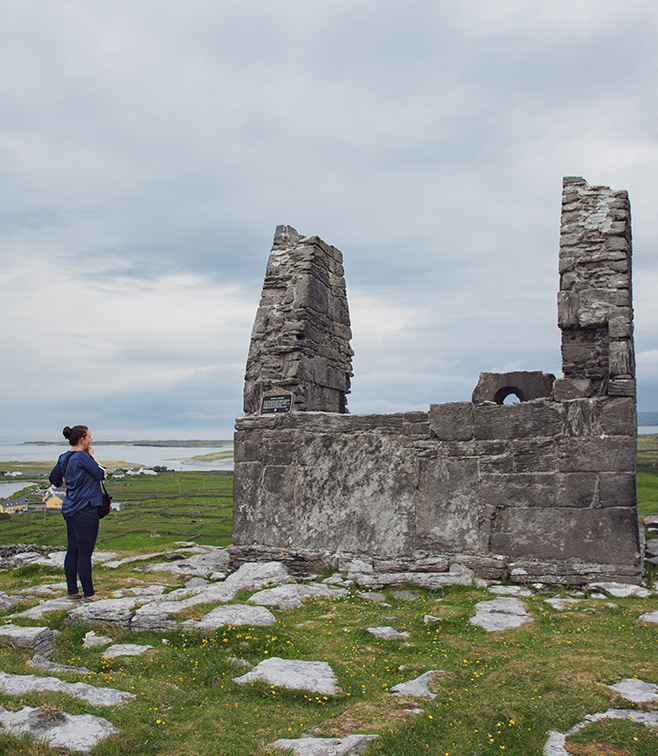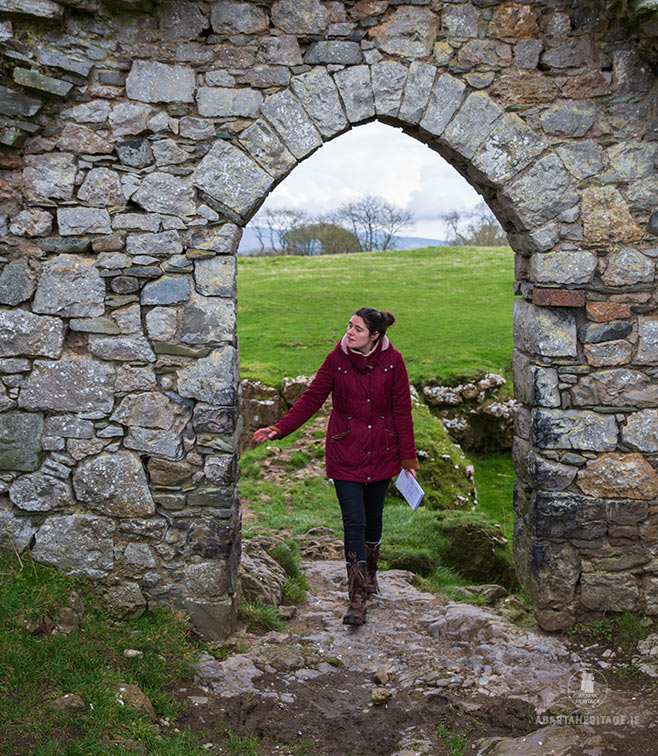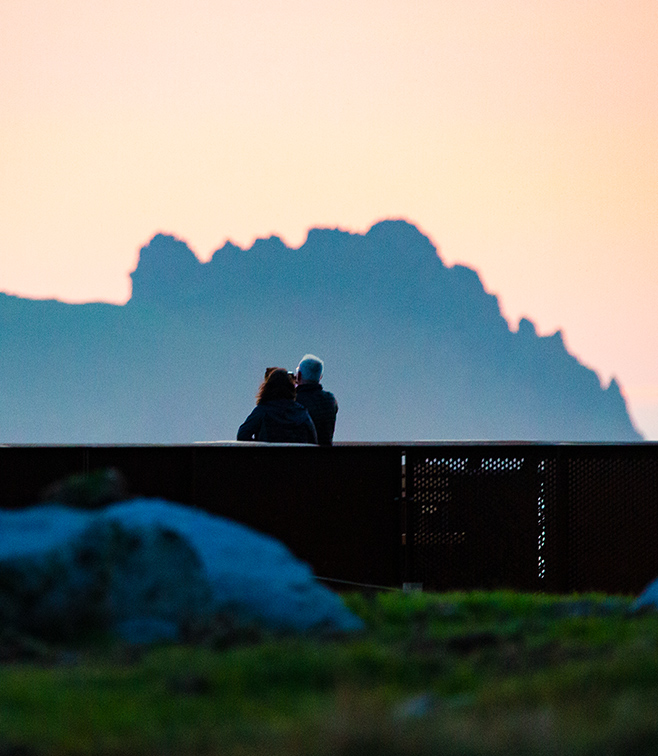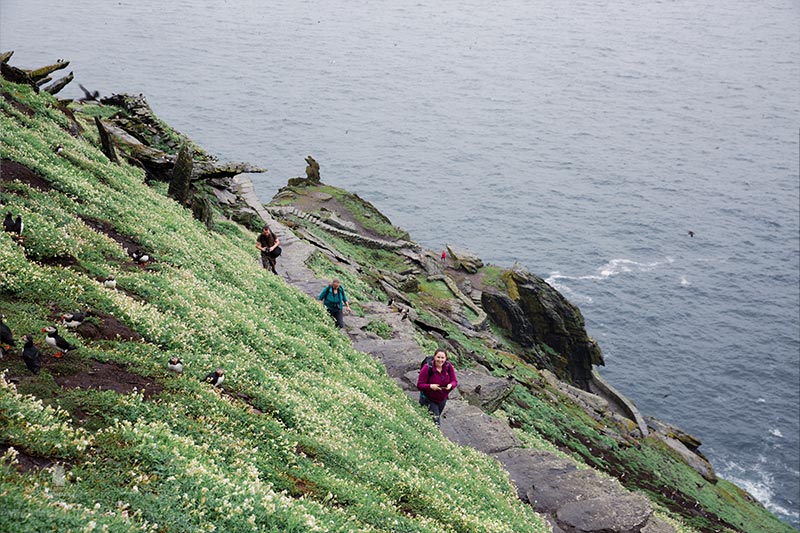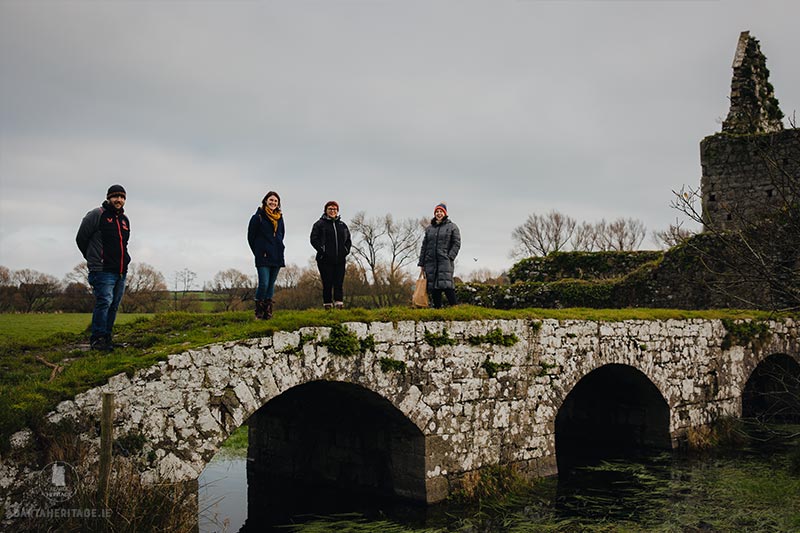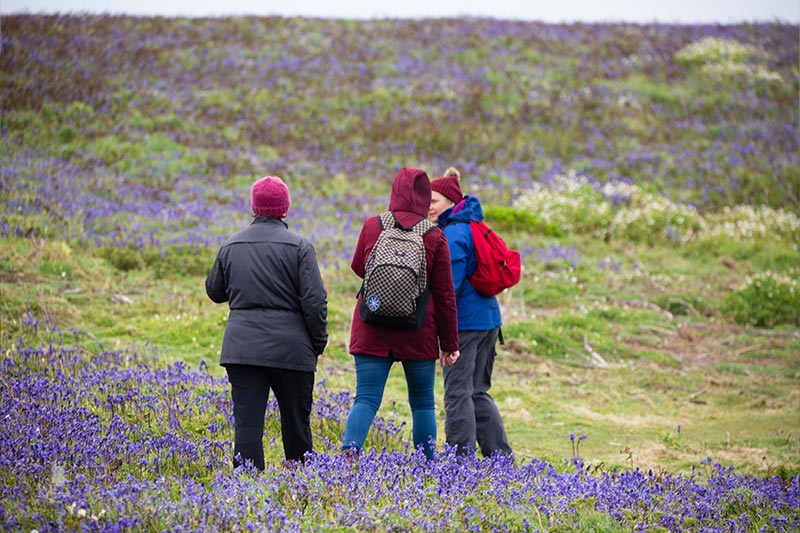From Landscapes of Revolution and celebrating St Brigid to the launch of our brand new membership service, it’s been a busy year!
Over the past year we’ve worked on a variety of projects and schemes that all aim to help people to connect with Ireland’s incredible heritage. Here’s a look back over 2021, and what our plans are for the new year.
Well, that was quite a year wasn’t it? Overall we have been incredibly lucky, and we are fortunate that we have been in a position to keep all our staff safe by working remotely. Though it has impacted the amount of fieldtrips, meetings and get-togethers. During safer periods, we did manage to get out on team trips to places like the Saltee Islands, Athassel Priory and the incredible Skellig Michael. Hopefully 2022 will bring many more adventures!
Despite the challenges of the pandemic, 2021 has been perhaps our busiest year yet, and there have been a whole host of highlights from the variety of projects that we worked on. As well as providing interpretation and heritage services for national bodies, councils and communities, we’ve also started new research projects, and a brand new venture that seeks to help people to connect with Ireland’s wonderful heritage in a whole new way. Here’s a quick overview of some of our work over the past year.
New Audio Guides and Audiobooks.
It was a bumper year for new audio guides and audiobooks. We always love to create audio projects, as we believe it is a great way to connect people to place. As podcasts and audiobooks are becoming ever more popular, having the story of your local heritage site or historic town out there on Spotify, Apple Podcasts etc can be a wonderful way of showcasing the wonderful myriad of tales that you have to tell. We also recently added a whole new search filter system, so you can easily find the story of your place. Check that out here.
In 2021 we produced new audio guides and audiobooks for:
- The medieval walled town of Fethard (client: Tipperary County Council).
- The historic village of Newcastle Lyons, County Dublin, (client: Newcastle Lyons Heritage Trail Committee).
- The heritage town of Multyfarnham in County Westmeath (client: Multyfarnham Tidy Towns)
- The historic town of Graiguenamanagh in County Kilkenny (client: Kilkenny County Council)
- Colmcille’s Donegal – a tour of all the places associated with the great saint Colmcille in County Donegal (client: Donegal County Council)
- The Unsilent Stones Audiobook (client: Transport Infrastructure Ireland), this audiobook tells the tale of the inhabitants of Athlone’s Abbey Graveyard, and we were delighted when it was shortlisted for the prestigious Archaeology Achievement Awards.
As well as those already published, we have a whole host of new guides about to be released early in the new year, including a series on the historic graveyards of Dublin City.
Colouring Books, Activity & Education Resource Packs, Interpretative Signage and Panels.
We love getting the opportunity to combine archaeology, heritage and art, especially our resident artist Sara, so we were delighted to work with Donegal County Council on two lovely projects that celebrated the 1500th birthday of St. Colmcille. These are:
- Colmcille’s Life & Legacy Education Pack (available in Irish and English), aimed to help primary school children to engage with the story of Colmcille.
- Illuminating Colmcille, A Pilgrimage Through Colour – a colouring book for all ages, featuring art by Sara and a number of Donegal-based artists.
Continuing along the theme of visual arts, we also love to help to design signage for monuments. We especially enjoy researching the information and transforming it into informative but engaging text, reconstruction images and graphics that help to tell a memorable story. This year we’ve worked on a number of projects, including:
- The content for a series of panels for the historic Dublin village of Newcastle Lyons (on behalf of Newcastle Lyons Heritage Trail Committee).
- And an unusual and engaging panel for the Waterford Greenway for the Viking site at Woodstown (client Waterford County Council). That should be installed early in the new year and we cannot wait to share that with you, it’s like nothing we’ve done before!
Heritage Audits, Reports and Interpretation Plans.
Creating sustainable tourism or heritage-focused engagement needs a good plan. You need to be audience-aware, able to identify core themes and messages and an understanding of best practice when it comes to access, care and conservation of our monuments.
We absolutely love getting stuck into the detail, to create plans, audits and reports that provide a foundation to create something truly meaningful. These include things like Interpretation Plans, that provide guidance on how to tell the story of a place to particular audiences, and Heritage Audits that seek to evaluate the most suitable points of interest for trails and tours.
Our work is always focused on what’s good for the monuments, and good for the local community, entwined with our simple philosophy – if you help to make it a good place to live, you help to make it a good place to visit.
Our plans and audits this year include:
- Interpretation plans for Ballybough Jewish Cemetery, Cabbage Garden Burial Ground and the Huguenot Cemetery at Merrion Row (client: Dublin City Council).
- A Signage and Interpretation Plan for the historic village of Freshford in County Kilkenny (client Freshford Community Council).
- Tipperary Town and Environs Heritage Audit (client: Tipperary Town Revitalisation Task Force).
- And the Brigid 1500 Project, consisting of a Heritage Audit, Cultural Strategy and Business Plan (client: Kildare Decade of Commemorations Committee and Kildare County Council). This project seeks to create a platform for the celebration of Brigid, one of Ireland’s foremost saints. After working on the Colmcille 1500 Project in 2018, we just need the big man Patrick himself now for the hattrick of Ireland’s patron saints!
Community Archaeology and Heritage Projects
One of the most rewarding aspects of our work is when we get to engage directly with communities and empower them to take an active role in the protection and promotion of their local monuments. We are truly privileged to work alongside passionate groups all over Ireland, and despite the pandemic impacting our ability to get out and meet people, we have still been involved in some wonderful projects. These include:
- The Adopt a Monument Scheme (client, The Heritage Council). We love working on Adopt a Monument, where we help groups across Ireland to protect and promote their local heritage. Over the past year, we’ve helped groups to access funding thats led to everything from geophysical surveys to better understand the monuments, to conservation to help to ensure that important sites are still going to be around for future generations. It was particularly enjoyable to work with our friends at the archaeological research unit, The Discovery Programme, who carried out a detailed topographical survey at the enigmatic site at Brandon Hill. This surveyed featured on RTÉ Nationwide, along with the ongoing efforts to conserve the medieval church at Knockboy in County Waterford. Excitingly, stone mason Tom Pollard found a fragment of an ogham stone during the works, adding an important piece to the story of this wonderful place! At the end of the year the selection process for new groups was undertaken with representation from the Heritage Council, National Monuments Service and Archaeology Scotland. We’ll be visiting the shortlisted groups early in the new year, it’s going to be a tough process choosing the final five to join the scheme!
- The Irish Walled Towns Network (client, The Heritage Council). We’ve had the privilege of managing the IWTN Scheme for the last number of years, and it has been fantastic to see the wealth of stories and projects in our historic towns. We’ve helped with the grant scheme, webinars, a virtual conference and regular newsletters. Though we enjoyed the project, 2021 marked the end of our role, as we took the difficult decision to invest our energies into other projects.
- The Ancient Connections Project (client Pembrokeshire and Wexford County Councils). We have continued to work on this large EU Project that seeks to highlight the ancient connections between Wales and Ireland. In May we hosted the fun History Hunters Festival, with training in how to use online surveys, carry out oral recording projects, storytelling and blogging. History Hunter Huddles or gatherings have been taking place since then.
- Cork City Urban Heritage Orienteering Project (client, Cork City Council). This was the second year of the project that aims to engage people with the wonderful architectural heritage of Cork City through art and heritage. This year we focused on the Marsh and South Parish areas of the city.
- Fingal Heritage X Climate Project (client, Fingal County Council). This was an important opportunity to help to engage local communities with the challenges of climate change on our archaeological heritage.
- Woodstown Viking Site Project Management (client, Waterford City and County Council). Following the publication of the Conservation Management Plan for Viking Woodstown in 2020, we were delighted to have the opportunity to continue to help to raise awareness and understanding of this important monument. This year, a key focus was on the reinterpretation of the 2018 Geophysical Survey. In November there was a fantastic workshop featuring Viking Age experts from Ireland, the UK and Scandinavia, who discussed the fascinating results. Providing new insights into Viking Woodstown. We hope the work will continue in 2022.
- Dublin Mountains Community Archaeology Project (clients, South Dublin and Dún Laoghaire-Rathdown County Councils and the Dublin Mountains Partnership). It’s no secret that we are a little obsessed with the Dublin uplands, so we were delighted to begin work on this collaborative project that seeks to help to raise awareness and protection for the wonderful archaeology of the Dublin Mountains. We’ve carried out fieldwork and hosted a tour and information session so far, as well as research and engagement with stakeholders. This project will be continuing into the early new year, so watch this space!
The Landscapes of Revolution Project.
This year we started working on the Landscapes of Revolution Project with Damian and Tara leading the way. The Landscapes of Revolution Project was established to raise awareness of Ireland’s revolutionary-era archaeology through engagement with local communities. This is one of the most engaging heritage resources in the country, but it is also among the most understudied, fragile and at risk archaeological resources on the island. Using a programme of analysis, site identification and mapping, Landscapes of Revolution seeks to highlight the unrealised potential of these near contemporary archaeological landscapes, and the value and benefits that their examination can bring.
In 2021 we carried out projects on:
- 1920 Kilcommon Ambush (client, Tipperary County Council)
- 1920 Cloyne RIC Barracks Attack (client, Cork County Council)
- 1921 Rosscarbery RIC Barracks Attack (client, Cork County Council)
- 1920 Raid on Mallow RIC Barracks (client, Cork County Council)
- 1921 Crossbarry Ambush (client, Cork County Council)
We hope to carry out more Landscapes Projects in the new year.
Vikings on the Suir Research Project
As well as the Landscapes of Revolution Project, we also continued our archaeological research work. Right at the end of the year, Neil began a collaborative research project with the help of seed funding from Transport Infrastructure Ireland. The project seeks to identify and map sites related to Viking activity on the River Suir in a pilot study area. The project is a collaboration with Dr. Stephen Davis (UCD) and Dr Russell Ó Ríagáin, and we aim to produce a paper on the results early in the new year. Very exciting so far!
Amplify Archaeology Podcast.
Hosting Amplify Archaeology Podcast is always such a joy, as it’s one of the most rewarding aspects of our mission to make Irish archaeology accessible. We are still aiming to add one new episode a month, and 2021 saw some truly fascinating discussions, including:
- Cathy Moore and Ben Geary on Wetland Archaeology.
- Terry O’Hagan on the Archaeological Landscapes of St. Patrick.
- Mary Cahill on Prehistoric Gold.
- Marion Dowd on Cave Archaeology.
- Cóilín Ó Drisceoil, Aidan Walsh and Shirley Clerkin on the Black Pig’s Dyke.
- A trench-side chat with Geraldine and Matthew Stout and the excavation team at Beaubec.
- Roger Stalley on Irish High Crosses.
- Karen Dempsey on Green Heritage, Relict Plants and Medieval Women.
- and we ended the year with the great Muiris O’Sullivan on his excavations at Knockroe.
We already have some fantastic episodes lined up for 2022, so there’s more to come! Do subscribe to Amplify Archaeology Podcast on your favourite platform if you haven’t already joined us.
Tuatha – the New Membership Subscription Service by Abarta Heritage.
And finally, a whole new venture for Abarta Heritage, our brand new membership service Tuatha. This is something we have wanted to build for years, and we finally brought it into the world in the summer. It is a membership subscription, in some ways a bit like Netflix, for people who are looking to explore the incredible heritage of Ireland. You can find lots of places to visit with the story of the place and practical information about the visitor experience and accessibility, itineraries for great daytrips, online courses that help you to dig deeper into the stories of Ireland, and lots of other content, with more new features added regularly.
We will keep growing Tuatha over 2022, with new content and (once it is safe to do so) more tours and get togethers. We really love helping people to discover more of Ireland’s wonderful heritage, so if you’d like to explore with the experts I hope you’d consider joining us here.
New Beginnings, New Opportunities.
I hope you’ve enjoyed this overview of just some of our work over the past year. It has been a real privilege to work to help to connect people to Ireland’s heritage, and it has been an even bigger honour to work with such a wonderful team alongside Róisín, Tara, Damian, Sara and Sharon.
If you’d like to join the team, you might be interested to know that we are looking to hire in the new year. We’ll be seeking a marketing and communications professional in January, and we hope to add another heritage professional to the team in the spring. Do keep your eye out on our social media and LinkedIn pages for when the application window opens.
We can’t wait to see what the new year brings. If you’d like to keep up with our latest news, do consider joining the thousands of subscribers who have signed up for our free newsletter.
Thank you for all your support over the past year. We wish you a safe, happy and wonderful 2022.
Very best wishes,
Neil
